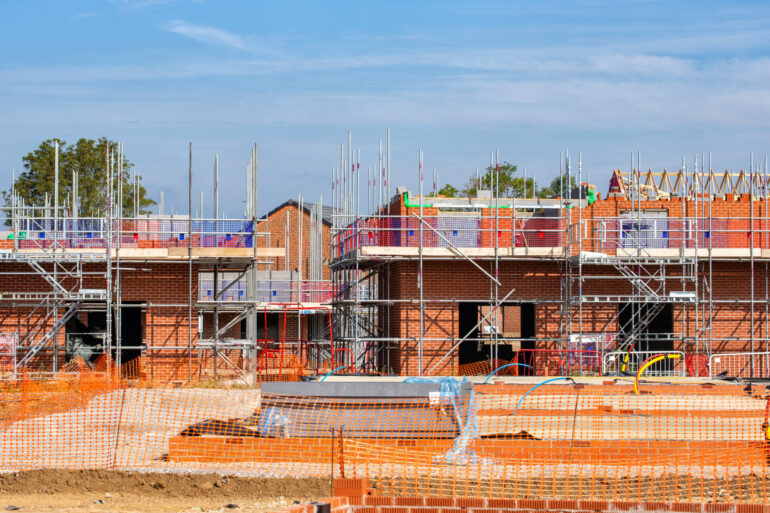Properties built in South Derbyshire over the past 10 years made up 17% of its overall housing stock, new research from Searchland has found.
This figure is far in excess of the English average, which stands at around 6.0%.
The research compared data on new-builds completed over the past decade and what proportion of total dwellings they accounted for.
Areas with a plentiful supply of new property included Harborough in Leicestershire (14.9%), as well as Dartford in Kent (14.9%).
In Stratford-upon-Avon, new homes made up 14.8% of the total.
In other regions, new-builds were having less of an impact, which could be due to a lack of space, political initiative, or resistance from existing homeowners.
Places where new-build completions made up the lowest percentage of stock in England were Brighton and Hove (1.2%), Adur in West Sussex (1.4%), and Kingston upon Thames in South West London (1.5%).
Wiltshire produced the most new-build dwellings in the past decade across England.
Around 22,100 new homes were built in the local authority area in the past 10 years, bolstering overall stock to 228,000.
Next was North Yorkshire, at 21,300, bringing stock to 302,500, and Somerset, which added 20,540 homes to bring the total to 267,400.
The City of London (350), the Sussex local authority district of Adur (390) and the seaside town of Hastings (690) all had scant new housing built in the past decade.
Mitchell Fasanya, co-founder and CEO of Searchland, said: “It takes time to build up new communities, but areas like South Derbyshire, Harborough, and Dartford are racing to prominence with a raft of new properties.
“Modern stock tends to be more energy efficient than older fare, which is helpful in keeping bills down.
“For aspiring landlords you’ll also need to have an EPC level above C to let out a property from 2028, so it’s becoming more important than ever to have a greener property.
“New builds tend to cost something of a premium, but if you’re a second or third buyer of a modern property you may be able to avoid that downside altogether.”
He added: “At the other end of the spectrum are areas like Brighton, where just 1.2% of its stock is less than 10 years old.
“Clearly more needs to be done to build homes in these places, as without new stock there’s more of a likelihood that demand will run away from supply and make areas more expensive.
“Depending on the types of homes being built they can enhance a region with new architecture that sits neatly alongside historic infrastructure.
“That’s clearly the view that’s being taken in Stratford-upon-Avon, which demonstrates that new and old properties can coexist, bringing more residents and economic activity to an area.”




